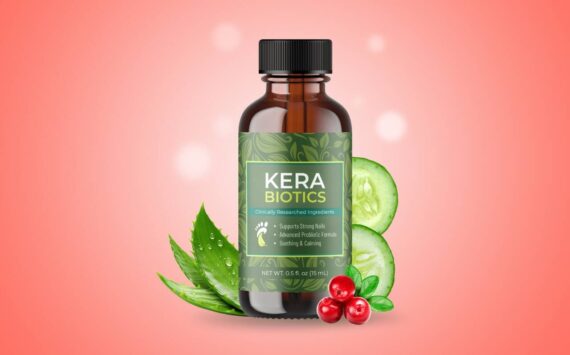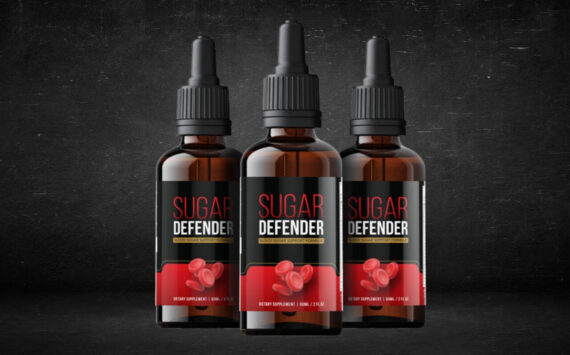by Don C. Brunell
President, Association of
Washington Business
Look around your neighborhood and youll see more rain-collection barrels popping up in yards as people find ways to conserve water. The 55-gallon drums collect rain from downspouts and homeowners use it to water their lawns and gardens.
Because the rainwater is recycled to grow plants that absorb carbon dioxide a key greenhouse gas tied to global warming it seems like an environmental win-win.
In fact, many local governments are encouraging citizens to capture rain for non-potable uses. Seattle Public Utilities customers get a rate break of $10 per month if they use rain barrels.
Olympias city water customers receive a $20 rebate on each rain barrel they purchase, up to a limit of three. Hardware stores sell the 55-gallon containers for about $22 each, so two bucks is a bargain by anyones standards.
But not everyone is sold on the idea of rain barrels. Rep. John McCoy, D-Tulalip, is concerned about collecting water that would normally run into fish-bearing streams. He also worries about the reduction of moisture seeping into the ground to recharge wells and springs.
In recent years, McCoy sponsored legislation requiring the Washington State Department of Ecology to issue permits to anyone collecting more than 300 gallons of water from gutters, paved areas or other hard surfaces. The idea is to regulate the number of rain barrels through permitting. Naturally, there would have to be a fee.
That legislation was amended last year to allow 3,000 gallons, but even that is insufficient for most urban gardeners especially during dry spells. Contrast that with DOEs current threshold of 5,000 gallons of water drawn daily from wells before permits are required.
I need to make full disclosure here. This legislation would impact my family. We live on 3.68 acres in rural Thurston County. We have a vegetable garden, flower beds, trees and shrubs. Our water comes from a well and half of our property is a wetland. Over the years, weve thought about installing a sprinkler system, drip irrigation or a series of rain barrels. For various reasons, the rain barrel system would work best.
Our house has about 1,000-square-feet of roof area. As a general rule, one inch of rain over that area yields about 600 gallons. Installing six rain barrels on the downspouts would put us over the 300-gallon limit. Linking a series of barrels to collect water to last all summer could easily exceed 3,000 gallons.
According to King County, watering lawns consumes seven gallons of treated water per minute. This is the same water we drink, shower with and use for laundry. As our population grows, so does the demand for new reservoirs, expensive treatment centers for fresh and waste water systems and pipelines.
Rather than hooking up a garden hose to city water which has to be pumped, stored, and treated it makes sense to capture water in barrels. This is especially true in Washington, where the average annual precipitation is 38 inches in Seattle and 17 inches in Spokane.
Seattle Rain Barrels is one of many small companies encouraging people to harvest rainwater. According to the companys Website, used plastic barrels once containing pickled peppers and olives imported from Greece are salvaged and converted into rain barrels instead of being disposed of in landfills.
Collecting rainwater saves people money on their water bills and reduces the burden on municipal water systems. Its free of additives like chlorine and fluoride, tends to lower the pH of soil and provides plants with more nutrients than tap water.
If lawmakers were talking about requiring permits for huge capture-and-storage facilities, perhaps the legislation would make sense. But why add another permitting burden for people who are trying to conserve water, grow their own vegetables and prevent a valuable container from making its way to a landfill?
Washingtons newest crop: rain
by Don C. Brunell







